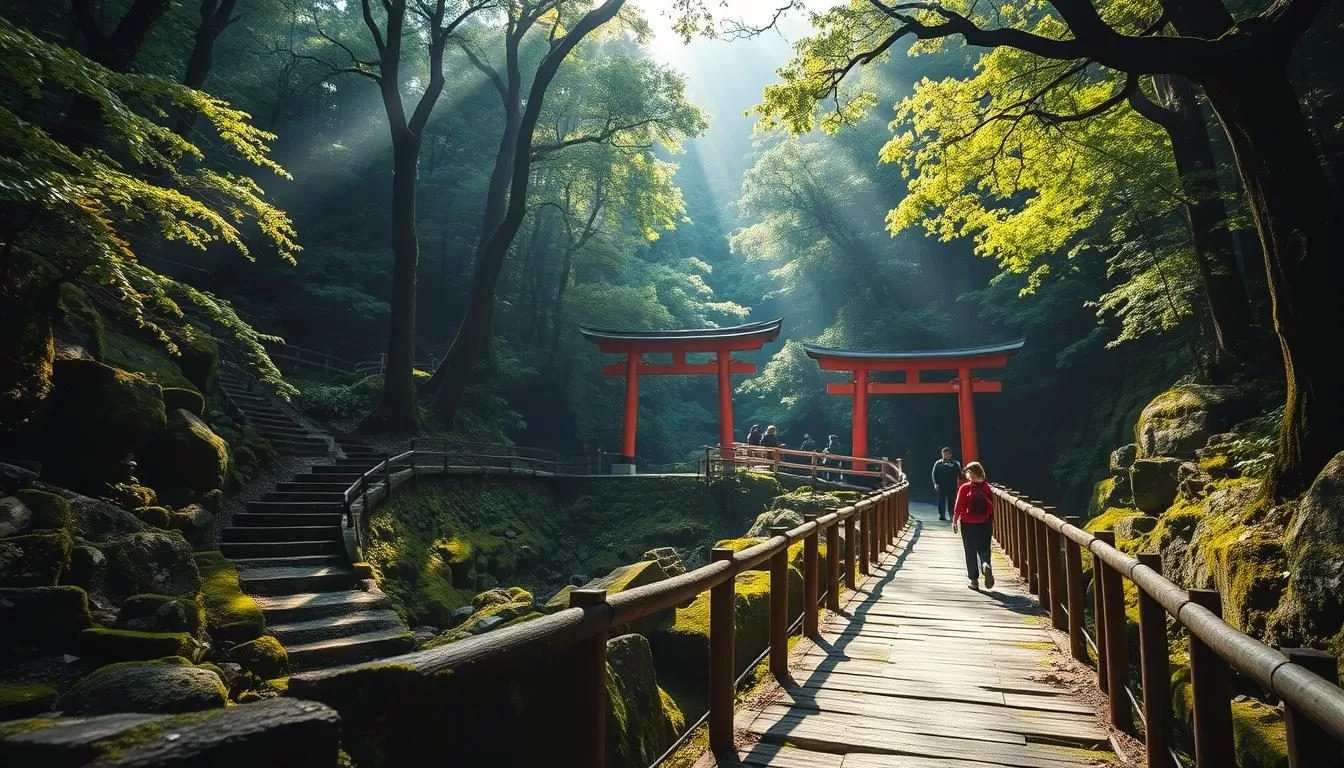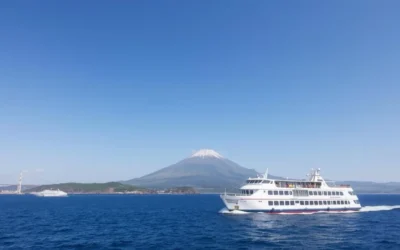✓ Accommodations✓ Flights✓ Rental Cars
Located in the central belt of Japan’s main island, Honshu, the Kii Peninsula is a treasure trove of natural beauty and cultural significance. You’ll discover why this region is considered one of Japan’s most spiritually significant areas, home to ancient pilgrimage routes and sacred sites.
The peninsula offers a perfect blend of natural beauty and cultural experiences, from dense forests and stunning waterfalls to historic temples and traditional hot springs. As you explore the region, you’ll encounter UNESCO World Heritage Sites, including the famous Kumano Kodo pilgrimage routes.
Whether you’re seeking spiritual enlightenment, outdoor adventures, or a deeper connection with traditional Japanese culture, the Kii Peninsula has something for everyone. With its unique blend of wild adventure and deep tradition, this region is sure to leave a lasting impression on you.
Discovering the Sacred Heart of Japan
As you step into the Kii Peninsula, you’re not just entering a region; you’re embarking on a journey through Japan’s rich cultural heritage and stunning landscapes. This sacred land is home to numerous UNESCO World Heritage sites, pristine natural beauty, and a deep spiritual significance that has drawn pilgrims and travelers for centuries.
Geography and Cultural Significance of the Kii Peninsula
The Kii Peninsula, located on the main island of Honshu, is characterized by its rugged terrain, dense forests, and picturesque coastlines. This unique geography has contributed to the region’s cultural and spiritual significance, with many sacred sites and pilgrimage routes, such as the Kumano Kodo, weaving through its mountains and valleys. The area is steeped in history and spirituality, making it a fascinating destination for any traveler.
Getting to and Around the Peninsula
To explore the Kii Peninsula, you have several transportation options. Hiring a car gives you the freedom to discover the region at your own pace, reaching remote locations that are off the beaten path. Alternatively, the JR Kisei Main Line railway runs along the coast, connecting major towns and cities, making it easy to travel between key destinations like Kii-Tanabe and Shingu. You can take limited express trains directly from major cities such as Osaka, Kyoto, or Nagoya.
For a more flexible trip, consider renting a car or using local buses that connect train stations to trailheads and other remote attractions. Services like the Kumano Kotsu Bus Pass offer unlimited travel within the Kumano area for several days, making it convenient to explore the region without worrying about transportation costs.
UNESCO World Heritage Sites: Kumano Kodo Pilgrimage Routes
The Kumano Kodo pilgrimage routes, a UNESCO World Heritage Site, offer a journey through Japan’s spiritual heart. This ancient network of trails is not just a path; it’s an experience that intertwines nature, spirituality, and history.
The Ancient Network of Sacred Trails
The Kumano Kodo is more than just a hiking trail; it’s a sacred journey that has been undertaken by pilgrims for centuries. As you walk along these ancient paths, you’ll be surrounded by the lush forests and majestic mountains of the Kii Peninsula.
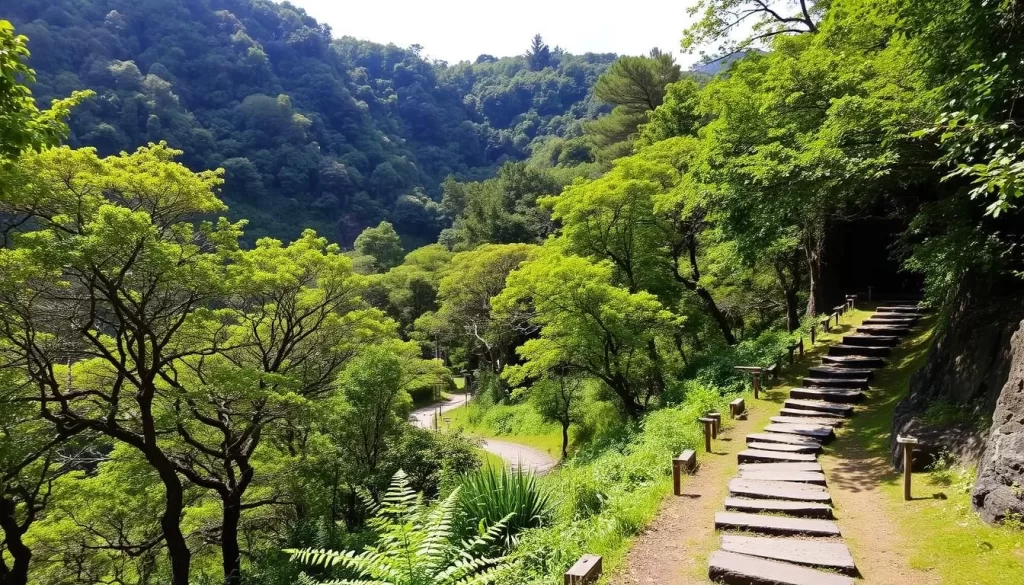
Exploring the Kumano Kodo involves traversing through various landscapes, from dense forests to mountainous terrains, each step bringing you closer to the spiritual essence of Japan.
Kumano Sanzan: The Three Grand Shrines
Kumano Sanzan, comprising Kumano Hongu Taisha, Kumano Hayatama Taisha, and Kumano Nachi Taisha, forms the spiritual heart of the Kii Peninsula. These three grand shrines are the ultimate destination for Kumano Kodo pilgrims.
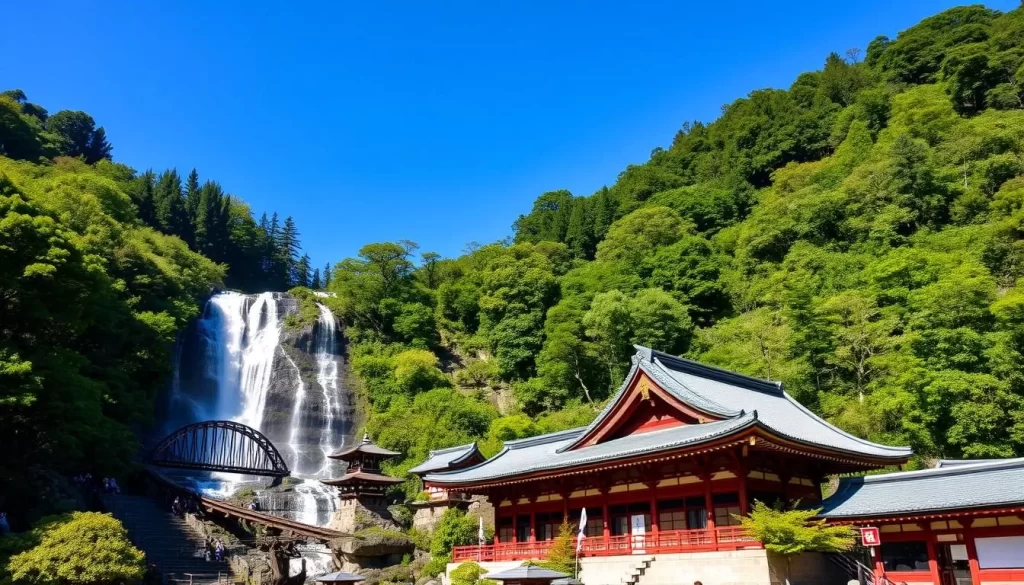
At Kumano Hongu Taisha, you’ll find Japan’s largest torii gate at Oyunohara, marking an impressive entrance to this sacred site. Kumano Hayatama Taisha is home to a 1,000-year-old sacred nagi tree and numerous cultural treasures. Meanwhile, Kumano Nachi Taisha, dramatically positioned beside Japan’s tallest waterfall, creates an iconic spiritual landscape.
The unique blend of Shinto and Buddhism is evident in the shrines and temples along the Kumano Kodo. Nachisan Seiganto-ji Temple, adjacent to Kumano Nachi Taisha, exemplifies this religious harmony.
Mount Koya: Japan’s Buddhist Sanctuary
As a spiritual heartland of Shingon Buddhism, Mount Koya offers a serene escape into Japan’s rich cultural and religious traditions. This sacred site is home to numerous temples and a vast cemetery, creating a unique spiritual atmosphere.
Exploring Koyasan’s Temple Complex

Mount Koya is famous for its temple stay experience, allowing visitors to immerse themselves in monastic life. You can participate in early morning chants, enjoy vegetarian cuisine, and learn about Shingon Buddhism’s practices.
The temple complex is a place of spiritual rejuvenation, where you can engage deeply with Buddhist rituals and practices.
Okunoin Cemetery and Kongobuji Temple

A highlight of visiting Mount Koya is walking through Okunoin Cemetery, Japan’s largest cemetery, which is set within an ancient forest of towering cedar trees. The path is lined with over 200,000 tombstones, leading to the mausoleum of Kobo Daishi, the founder of Shingon Buddhism.
Kongobuji Temple, the head temple of Shingon Buddhism, is another significant site, featuring Japan’s largest rock garden, Banryutei, which symbolizes two dragons emerging from a sea of clouds. The temple complex is a masterpiece of religious architecture.
Natural Wonders of the Kii Peninsula, Japan: Best Things to Do
Exploring the Kii Peninsula reveals a wealth of natural beauty, from lush forests to breathtaking coastlines. This region is a haven for those seeking to connect with nature and experience the spiritual essence of Japan.
Nachi Falls and Primeval Forests
Nachi Falls is one of Japan’s most iconic waterfalls, surrounded by primeval forests that are teeming with life. The area around Nachi Falls offers a serene escape into nature.
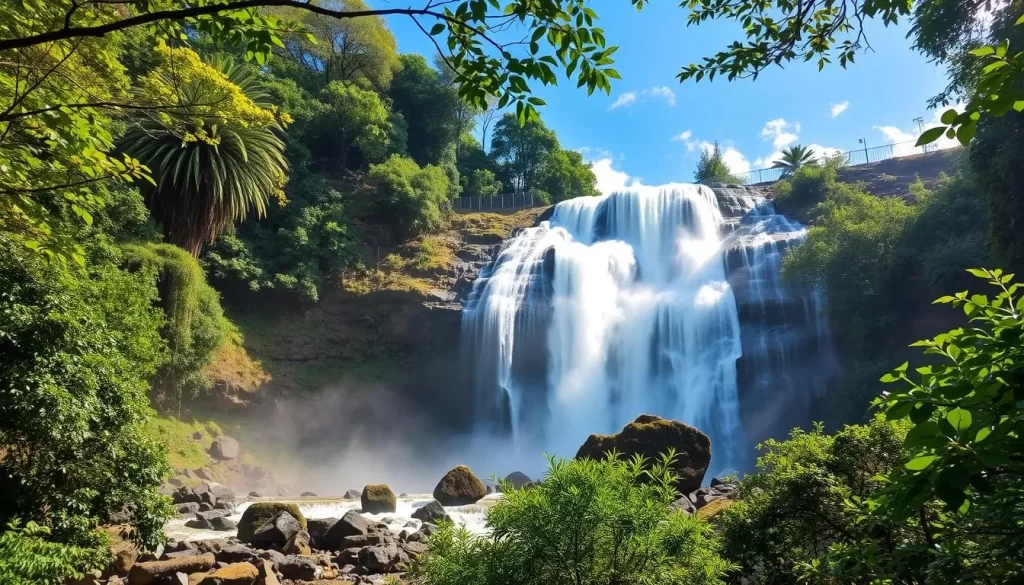
Coastal Formations: Engetsu Island and Hashigui Rocks
The coastline of the Kii Peninsula is dotted with unique formations, including Engetsu Island and Hashigui Rocks. These natural wonders are a testament to the region’s geological diversity and beauty.
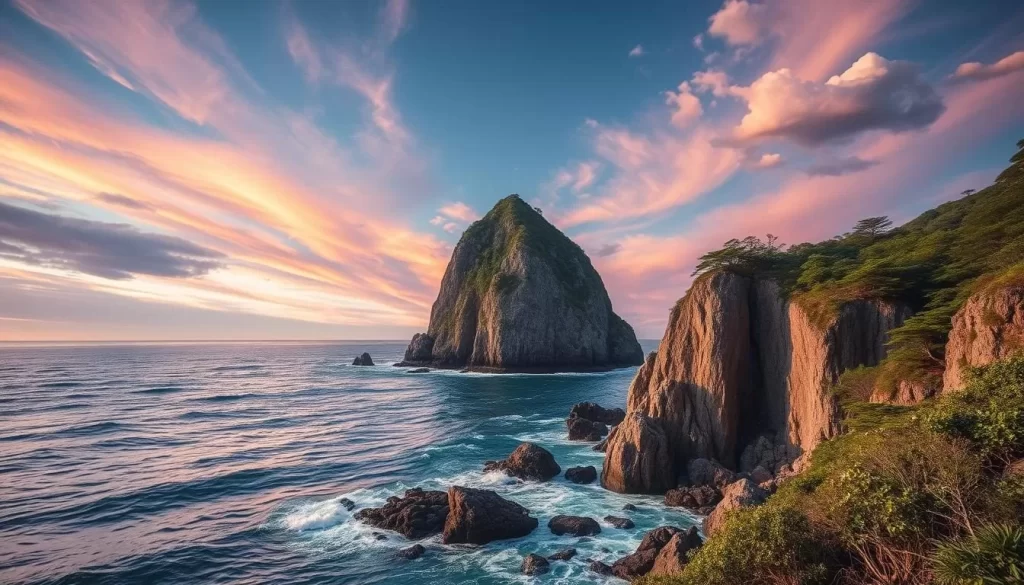
Yoshino-Kumano National Park
Yoshino-Kumano National Park encompasses much of the peninsula’s mountainous interior, protecting diverse ecosystems and housing numerous sacred sites. The park is famous for Mount Yoshino, known for its stunning cherry blossoms, and offers various hiking trails that showcase the area’s natural beauty and diverse mountains.
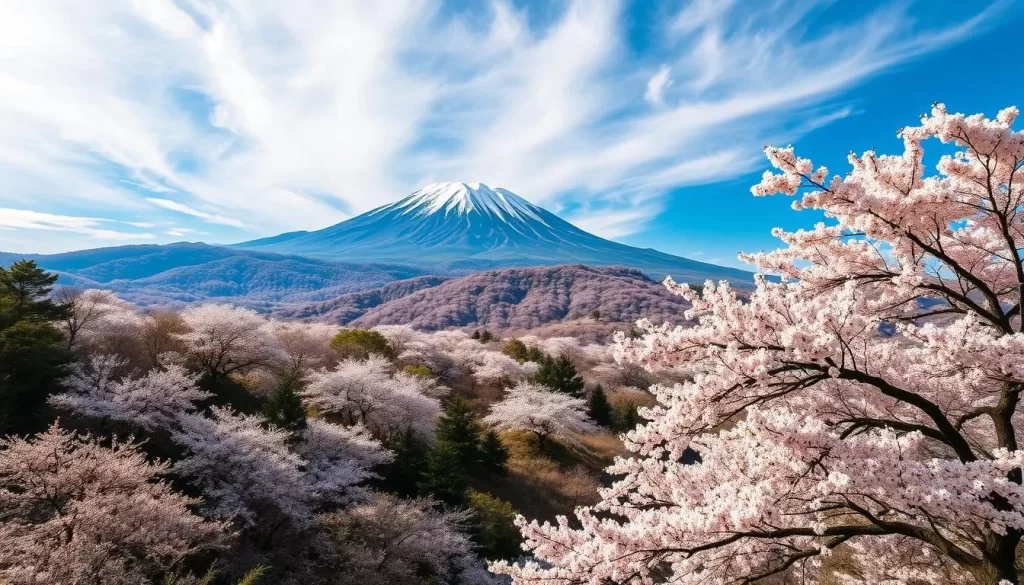
The Kii Peninsula’s natural wonders are not just visually stunning but also deeply intertwined with the region’s spiritual heritage. Visitors can explore these sites to experience the full depth of Japan’s natural and cultural beauty.
Rejuvenating in Traditional Onsen Towns
As you explore the Kii Peninsula, you’ll discover that its traditional onsen towns are the perfect places to unwind and rejuvenate. These towns offer a serene escape, rich in natural beauty and ancient traditions.
Shirahama Onsen: Where Beach Meets Hot Springs
Shirahama Onsen is a renowned hot spring resort town, famous for its beautiful white sandy beach and crystal-clear waters. You can relax in the hot springs, enjoying the panoramic ocean views while rejuvenating your body and soul.
The town’s ryokans and hotels offer a range of hot spring baths, from indoor to outdoor pools, ensuring a tranquil experience amidst nature.
Yunomine and Kawayu: Ancient Healing Waters
Yunomine and Kawayu Onsen are celebrated for their therapeutic hot springs, rich in minerals that are believed to have healing properties. You can soak in the traditional baths, surrounded by lush forests, and experience the ancient traditions of Japan’s onsen culture.
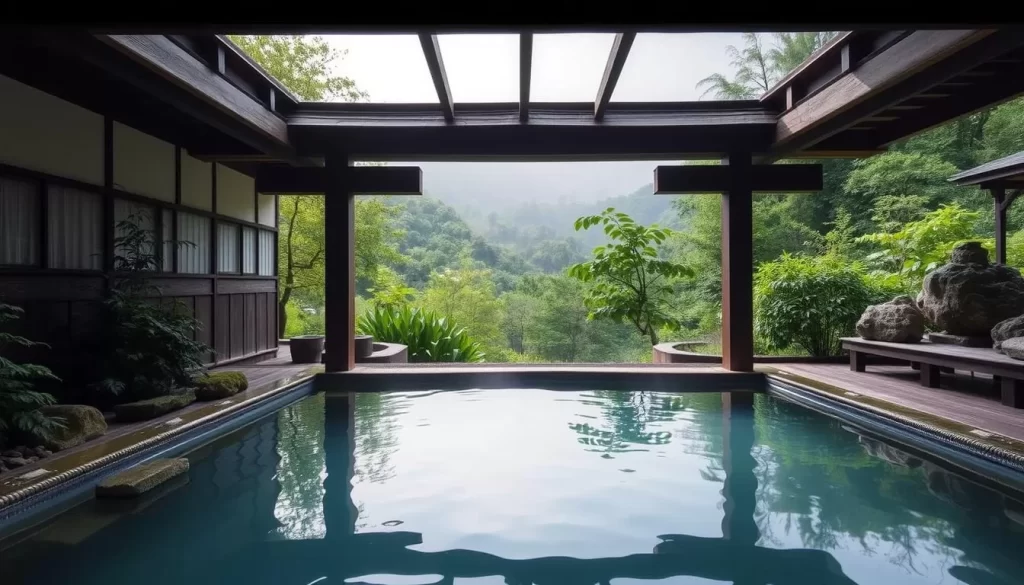
Katsuura Onsen: Ocean Views and Cave Baths
Katsuura Onsen offers a unique combination of hot springs and breathtaking ocean vistas. The town is home to the Bokido Cave onsen, where you can bathe in natural hot springs inside ancient sea caves while watching and hearing waves crash just outside.
The Urashima Hotel, located on a private island, features multiple hot spring baths, including outdoor pools with stunning sea views. You can enjoy the therapeutic waters, rich in minerals, and relax in a serene atmosphere.
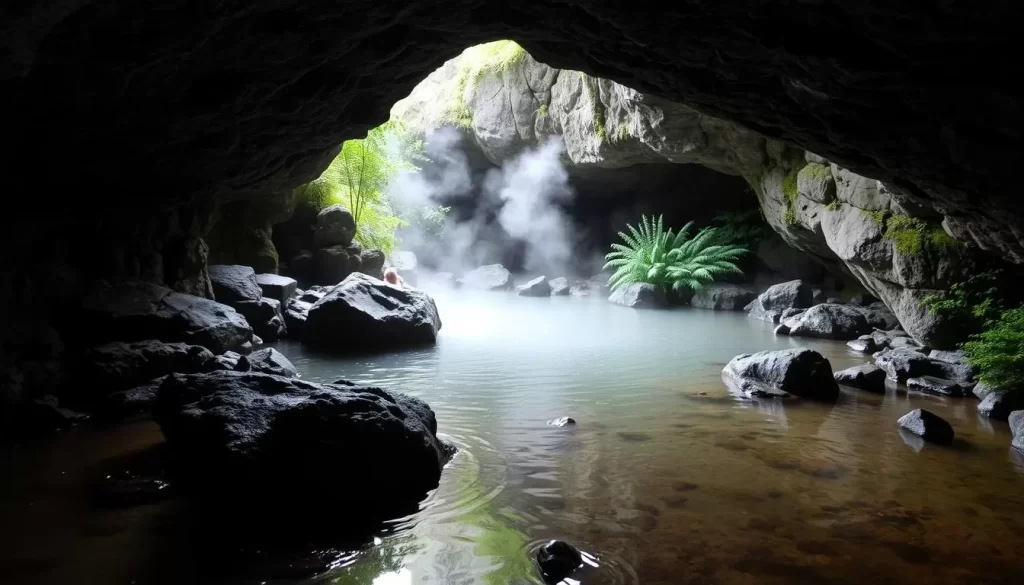
Local Culinary Experiences and Hidden Gems
Beyond the sacred sites and stunning natural beauty, the Kii Peninsula is home to a wealth of local culinary delights and off-the-beaten-path experiences. As you journey through this enchanting region, you’ll have the opportunity to savor the unique flavors of the peninsula, shaped by its rich cultural heritage and geographical diversity.
Regional Delicacies: From Sea to Mountain
The Kii Peninsula is renowned for its fresh seafood, with popular dishes featuring the day’s catch from the Pacific Ocean. You can also sample local specialties such as mehari-zushi, a type of sushi wrapped in bamboo leaves, and katsuobushi, dried bonito flakes that are a staple in Japanese cuisine. Be sure to visit local markets and try the various regional delicacies that showcase the peninsula’s culinary richness.
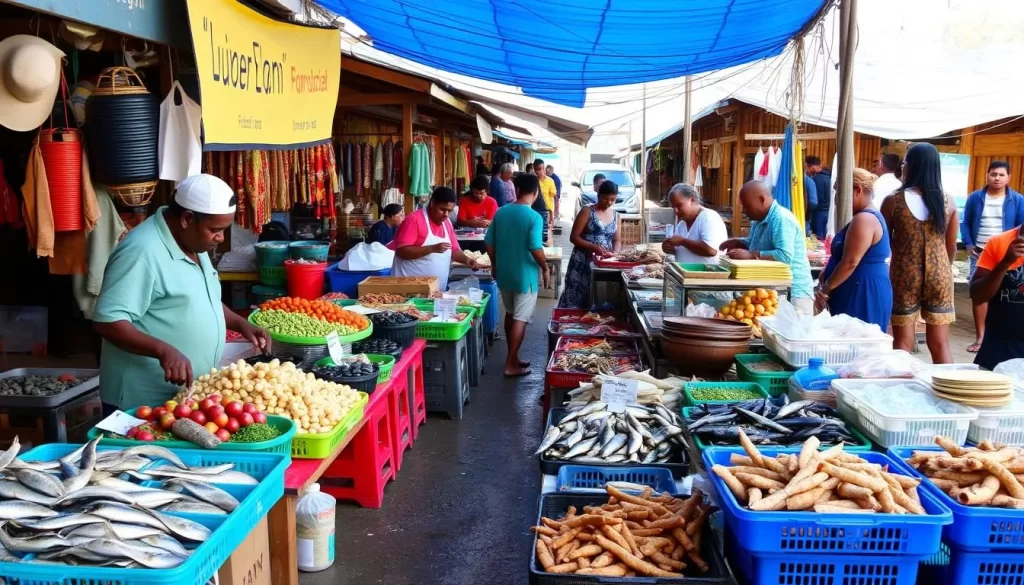
Off-the-Beaten-Path Experiences
For those looking to venture beyond the usual tourist trails, the Kii Peninsula offers a range of unique experiences. You can ride the quirky “cat train” to Kishi Station, where a feline stationmaster greets visitors, or explore the Ninja Museum in Iga, complete with a traditional ninja house and performance demonstrations. Consider taking a detour to explore the Iseji route of the Kumano Kodo, one of the less-traveled pilgrimage trails that follows the eastern coast of the peninsula, offering breathtaking views and a more solitary experience.
For a truly immersive experience, visit the remote Kozagawa and Kitayama areas, where you can enjoy pristine rivers, traditional villages, and outdoor activities like kayaking and fishing. These hidden gems offer a glimpse into the authentic charm of the Kii Peninsula, making your trip truly unforgettable.
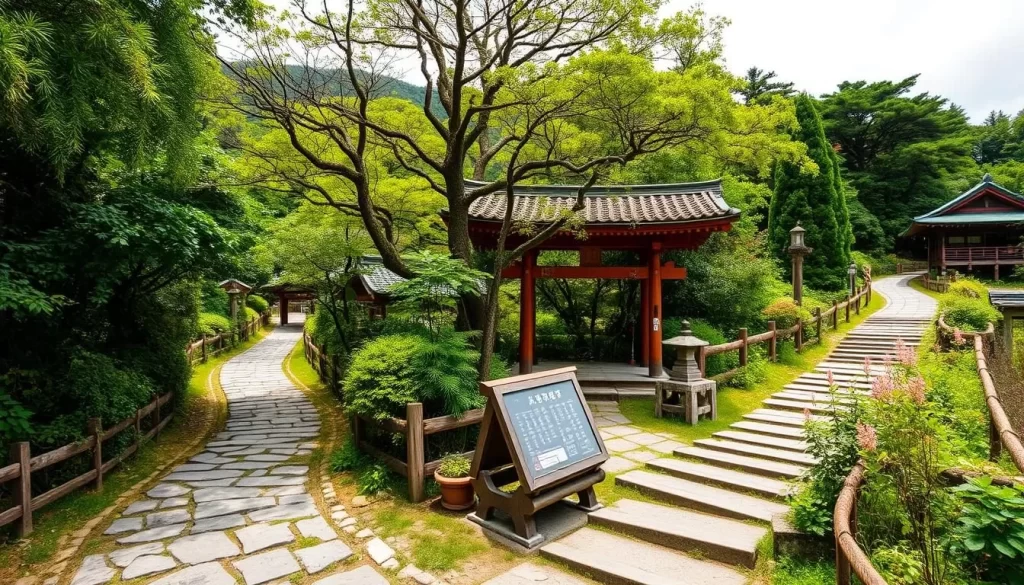
Conclusion
The Kii Peninsula, with its sacred mountains and ancient shrines, is a destination that promises an unforgettable experience. As you’ve discovered, this region is filled with fantastic sights to explore, from the mystical shrines of the Kumano Kodo pilgrimage trail to authentic eateries and steamy onsen.
Whether you spend a few days exploring the highlights or dedicate a week or more to fully immerse yourself in the region, the Kii Peninsula rewards visitors with unforgettable experiences and views that capture the essence of traditional Japan. With its unique blend of spiritual heritage, natural beauty, and authentic cultural experiences, the Kii Peninsula remains one of Japan’s most rewarding yet underappreciated destinations.
The above is subject to change.
Check back often to TRAVEL.COM for the latest travel tips and deals.
